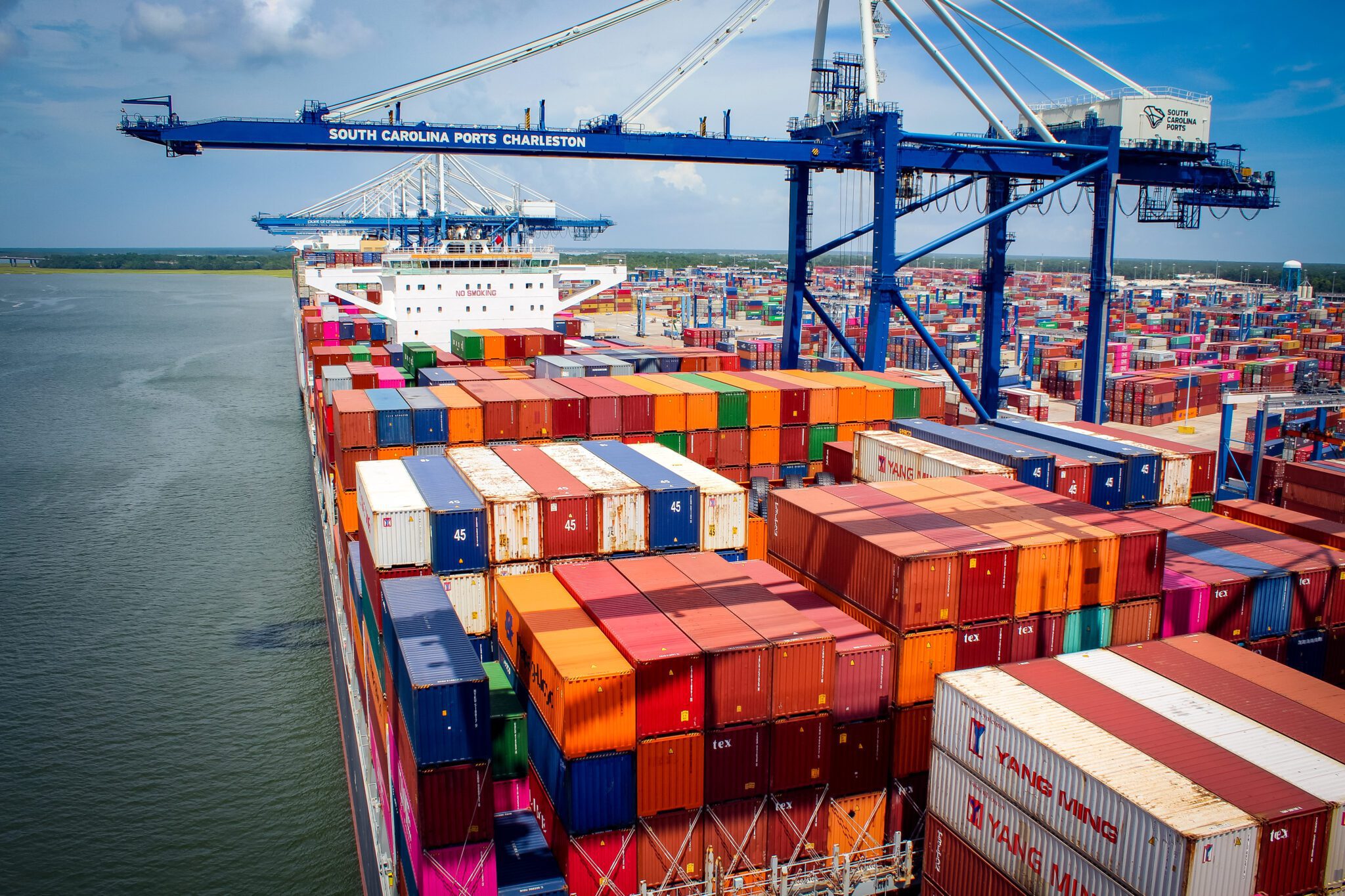By Reade Pickert (Bloomberg) –A measure of U.S. manufacturing expanded in September at the fastest pace in four months, bolstered by robust demand for factory goods and burgeoning inventory.
The Institute for Supply Management’s gauge of factory activity rose to 61.1 from August’s 59.9, according to data released Friday. Readings above 50 indicate expansion. The median estimate in a Bloomberg survey of economists called for a slight decline to 59.5.
The data suggest manufacturers are making some headway working through still-elevated order backlogs, but persistent shipping challenges continue to elongate delivery times. However, solid consumer demand and business investment should continue to support ongoing growth in the sector in the months ahead.
Related Article: New Guidance Helps Seafarers and Shipowners Navigate Pandemic Challenges
Seventeen manufacturing industries reported growth last month, led by furniture, petroleum and coal, and machinery.
A measure of growth in backlogs eased to its slowest pace in three months, while the group’s index of new orders held at a solid 66.7. Production growth eased slightly, but the gauge of factory inventories rose last month at the fastest pace since October 2010.
The increase in inventories reflects growing work-in-progress inventories amid parts shortages, challenges distributing finished goods amid shipping challenges, and buying more raw materials than needed in case of shortages continue to worsen.
Meantime, the shipment of both inputs and finished goods remains a major problem for manufacturers. Ports are grappling with record backlogs, trucking companies and railroads are facing bottlenecks, and shipping container costs have surged. ISM’s gauge of supplier deliveries rose to a three-month high in September and the ISM index of prices paid for inputs moved higher.
“All segments of the manufacturing economy are impacted by record-long raw materials lead times, continued shortages of critical materials, rising commodities prices and difficulties in transporting products,” Timothy Fiore, chair of the ISM’s manufacturing business survey committee, said in a statement.
“Many electronic components and assemblies shortages showing up (due to) port issues, lack of containers and other issues. Problematic, but nothing completely shut down yet.” – Computer & Electronic Products
“In the U.S., labor availability is the most significant supply challenge for our company, with raw materials just behind.” – Transportation Equipment
“Lack of labor and escalating costs from every direction are very concerning.” – Food, Beverage & Tobacco Products
“Delivery and availability of raw materials, primarily carbon steel, are becoming more and more difficult to source.” – Fabricated Metals
“Supply chain concerns are growing beyond electronics and chips into most other commodities. Lead times are extending, shipping lanes are slowing, and we will not see an end to this in 2021.” – Electrical Equipment & Appliances
“Raw materials costs still are at record highs, and we have raised customer pricing, with additional increases in the near future due to labor costs going up. Huge customer orders are nine months out (due to) backorders. Seeing this domestically and internationally.” – Machinery
The average lead time for materials used in the production process rose to 92 days in September, the highest in data back to 1987. Average lead time for supplies used for maintenance, repairs and operations edged up to 45 days and matched a record.
The report does signal factories are making only minimal progress filling a plethora of job vacancies across the sector. The group’s employment index rose to 50.2 after contracting in the prior month.
Next week’s government jobs report is forecast to show overall payrolls rose by about a half million in September, bolstered by around a 25,000 increase in manufacturing employment.
With assistance from Kristy Scheuble.
© 2021 Bloomberg L.P.

 Join The Club
Join The Club











